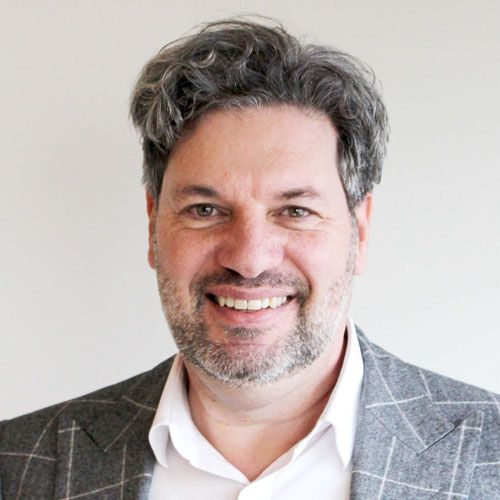Steve Thomson takes a look at a coaching model developed by Stephen Palmer of City University, London.
The PRACTICE model, while broadly similar to several other solution oriented models, I rather like its focus on choices and alternatives rather than making the assumption that your coaching client will always come up with one perfect solution or course of action.
I’d suggest that this is a model best used by experienced practitioners who are happy to give their clients a fairly free hand in building up the results scenario, and are happy just to offer the odd steering question to keep the conversation moving.
P – Problem identification – Simply defining the problem or problems that are holding things up. The clearer the definition of the issue the easier it will be to find resolutions.
R – Realistic and relevant goals – In other words goals that will be achievable, and will work within the strictures of the business environment; in effect SMART goals.
A – Alternative solutions generated – a free exploration of any and all possible solutions which will take the client to the goal previously identified. Don’t rush this element. The question; “and what else?” will come in very handy here. The more possible solutions found the better!
T – Target the most achievable solution – An examination of all the alternative solutions identified with a view to discarding those that are impractical, impossible or implausible.
I – Implementation of the…
C – Chosen Solution – Finding and testing the first step to take, defining a timeline, building in accountability…all the things a coach should be doing to ensure that positive action is actually taken; not just talked about.
E – Evaluation – A review of how the process went and to what extent the goals have been reached or are on the way to being reached. A good time too to review how client felt the interaction with the coach to have gone.
I’ve used this model with clients who have a high degree of business maturity and have found it to work well. I suspect that it will work best with people who can step away and view their situation from an external viewpoint; people with a high level of emotional intelligence perhaps.
About the author
Steve Thomson is senior associate Unlimited Potential.



